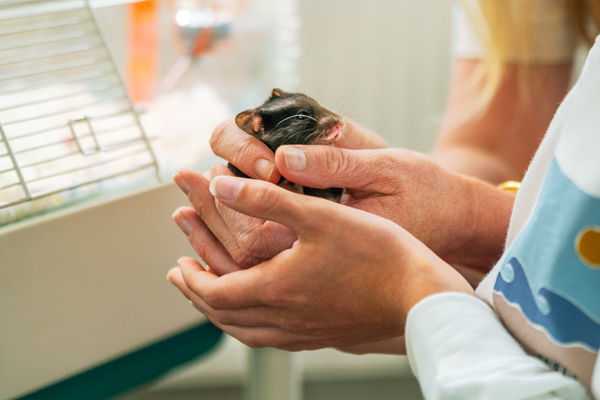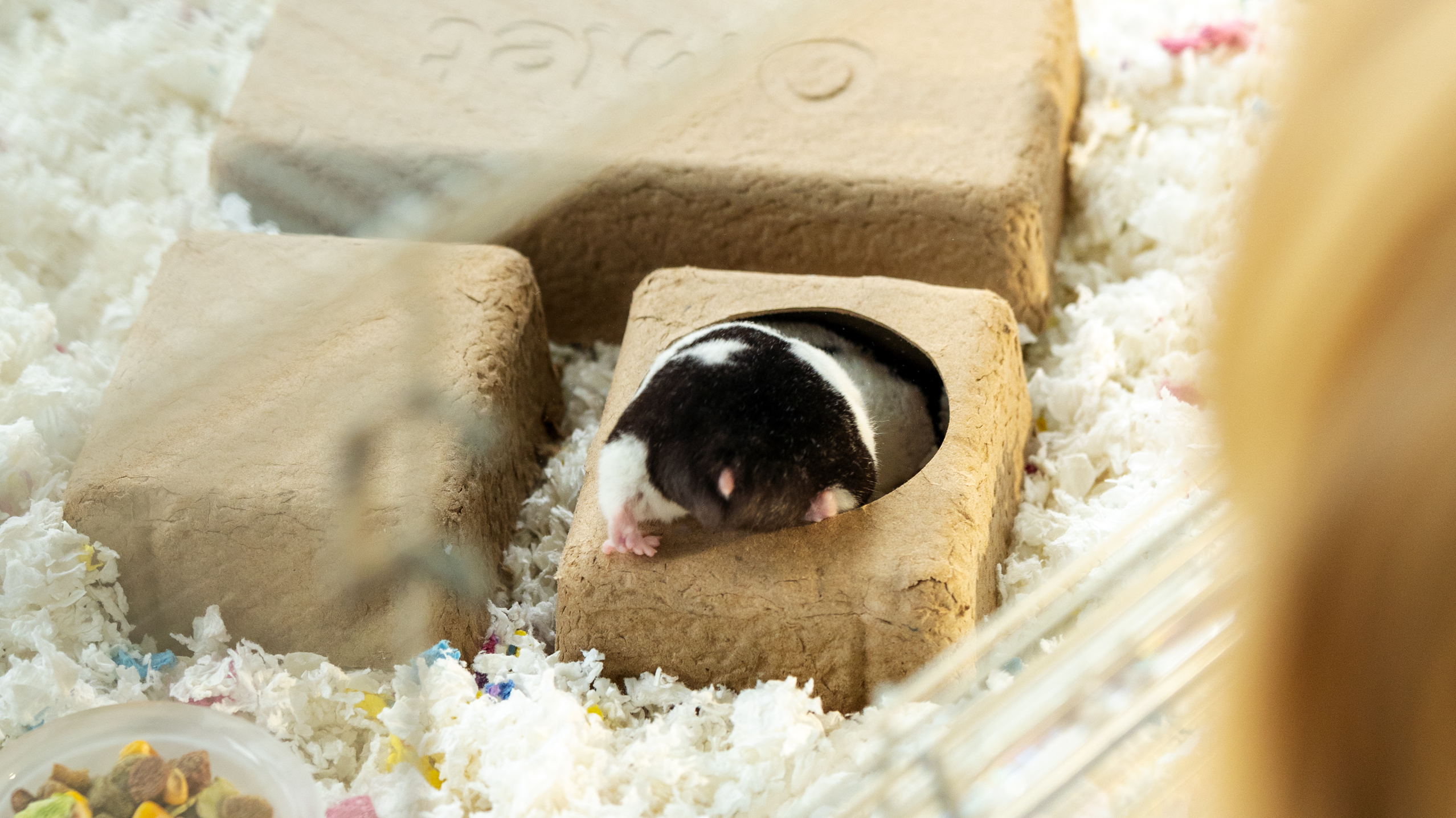Performing hamster health checks routinely will help you keep a watchful eye out for potential problems in your pet. Hamster health checks are so quick that your hamster won’t even realize that you’ve deviated from your usual play or handling session. With these tips and tricks, you’ll be able to notice changes in your hamster easily and quickly so that you can address issues before they take hold.
How often should I give my hamster a health check?
You’ll naturally keep an eye on your hamster on a daily basis as you play with them, feed them, and interact with them. These quick checks are part of pet ownership, but at least once a week you’ll want to get a more in depth look at your hamster’s health. This longer health check will take just a couple of minutes, but can make a huge difference in preventing potential problems.

It’s important to check your hamster weekly to spot any signs of sickness
How to perform a hamster health check
When assessing your hamster’s health, you’ll want to look them over from head-to-toe. Hold your hamster gently in your hand, and once they’re calm enough, you can begin your examination. Thankfully, hamsters are small, so they don’t take long to look over thoroughly. These are the areas you’ll want to focus on:
Coat
Check your hamster’s coat for any thin or bald patches, or for any dandruff, debris, or evidence of scratching.
Skin
Look for any abrasions, or for flaky, crusty, or otherwise irritated looking skin. This includes your hamster’s feet, ears, and nose. Feel for any lumps or bumps that may have appeared since their last health check.
Eyes
Your hamster’s eyes should open fully and be clear and bright. Look for any discharge, cloudiness or film over the eye, or redness around the eyes.
Rear end
It might not be glamorous work, but checking your hamster’s bottom can tell you a lot about their health. Signs of an issue include stuck fecal matter, or any evidence of blood or moisture. Wet tail is an illness in hamsters that can turn fatal quickly if left untreated.
Teeth
A hamster’s incisors (front teeth) continue to grow throughout their lives. A good diet and hamster-safe chews and gnaws will help keep their teeth in check. Your hamster’s incisors should be relatively even in length, and have no visible signs of chipping or breaking. They should be short enough that your hamster has no trouble closing their mouth all the way without their teeth being visible.

Checking your hamster’s bottom can tell you a lot about their health
Toenails
Finally, check your hamster’s toenails to make sure they aren’t overgrown. If they grow to be too long, they can curve into your pet’s paws, or get caught on elements of their home.
When to call a veterinarian
If you notice anything unusual with your hamster during a routine health check, it may be time to contact your veterinarian. Some findings, like dry skin or ears, can be waited out, while others like respiratory symptoms or wet tail should be addressed right away.
Omlet and your hamster
Keeping your hamster healthy shouldn’t be complicated. That’s why we’ve taken great care to create hamster habitats that check all of your pet’s health and hygiene boxes. And, as an owner, you can be confident knowing that your hamster is housed and supported by hamster products that forge bonds with your tiny friends while helping them live their biggest lives.
Comments
There are no comments just yet